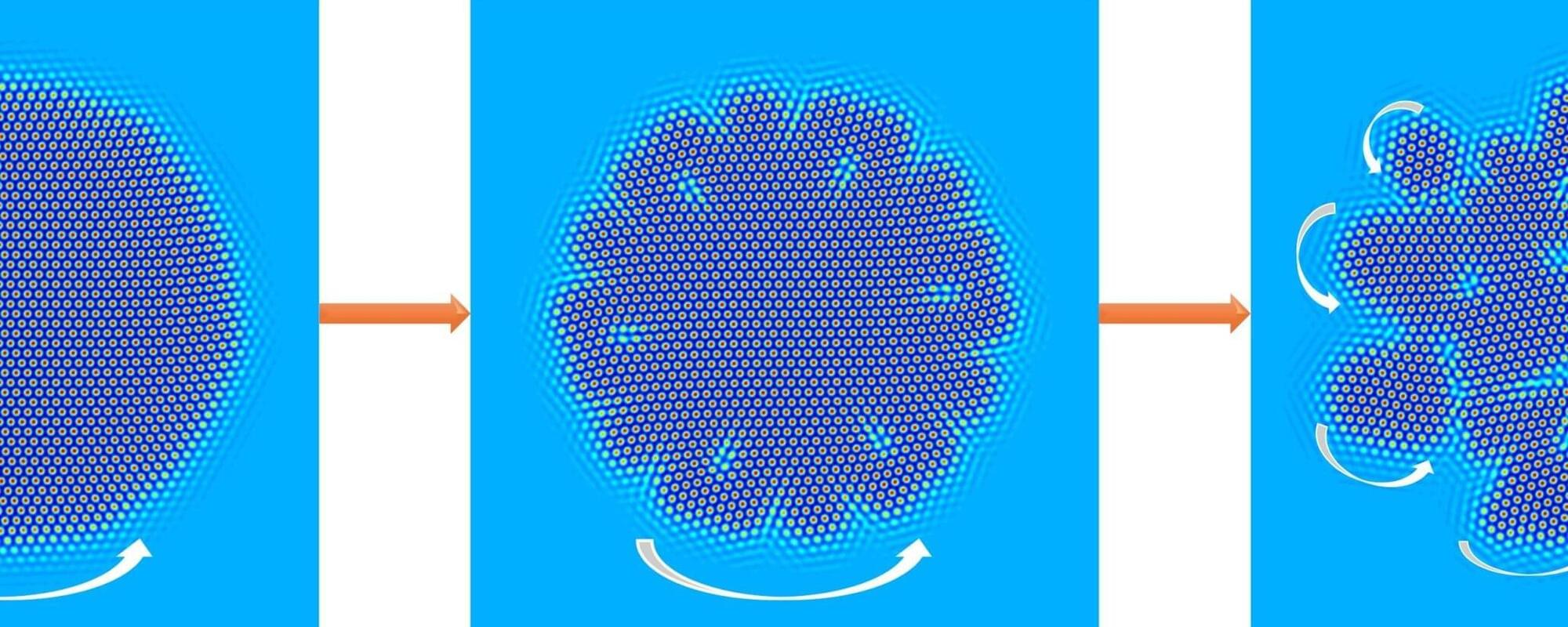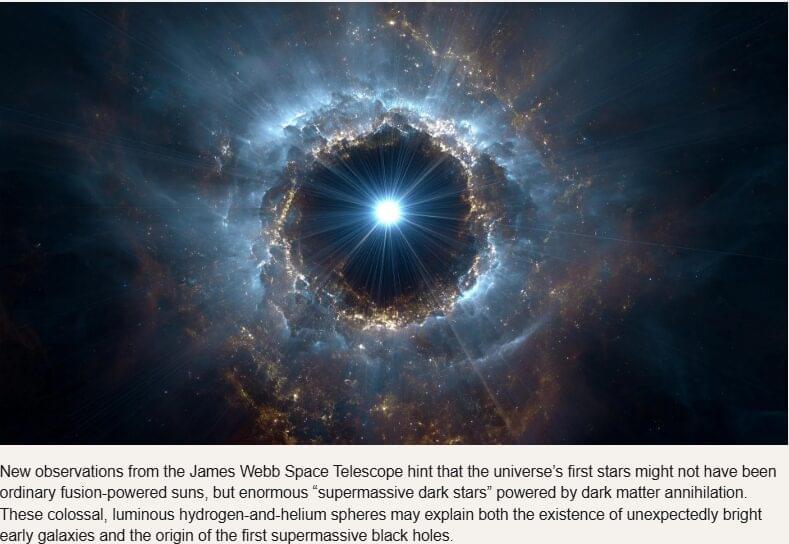It sounds bizarre, but they exist: crystals made of rotating objects. Physicists from Aachen, Düsseldorf, Mainz and Wayne State (Detroit, U.S.) have jointly studied these exotic objects and their properties. They easily break into individual fragments, have odd grain boundaries and evidence defects that can be controlled in a targeted fashion.
In an article published in the Proceedings of the National Academy of Sciences, the researchers outline how several new properties of such transverse interaction systems can be predicted by applying a comprehensive theory.
Transverse forces can occur in synthetic systems, such as in certain magnetic solids. They exist in systems of living organisms too, however. In an experiment observing a host of starfish embryos conducted at American university MIT, it was found that, through their swimming movements, the embryos influence each other in a manner leading them to rotate around one another.









